Three views of the tomb of Betty and her husband Franz Philipp Schott.
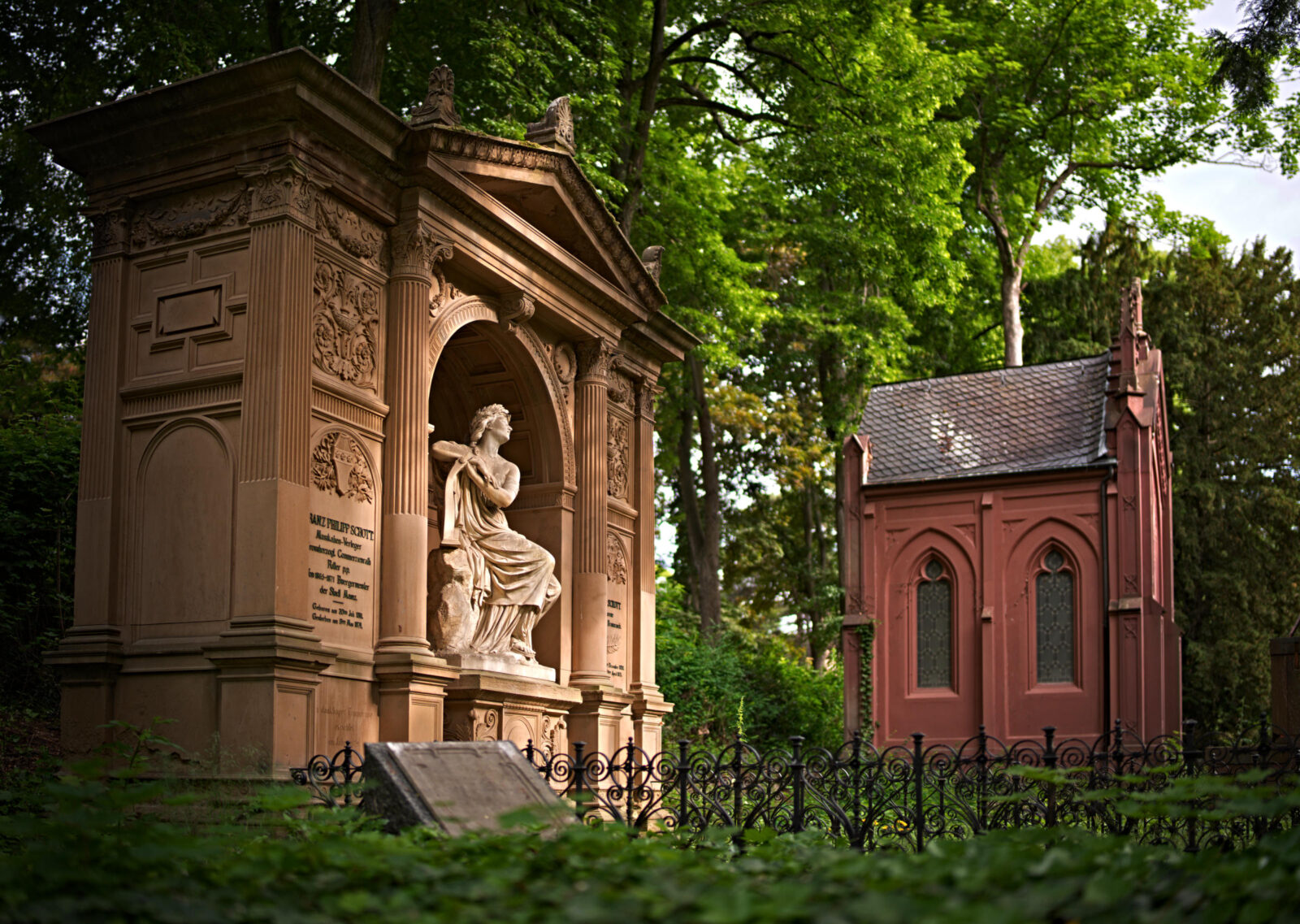
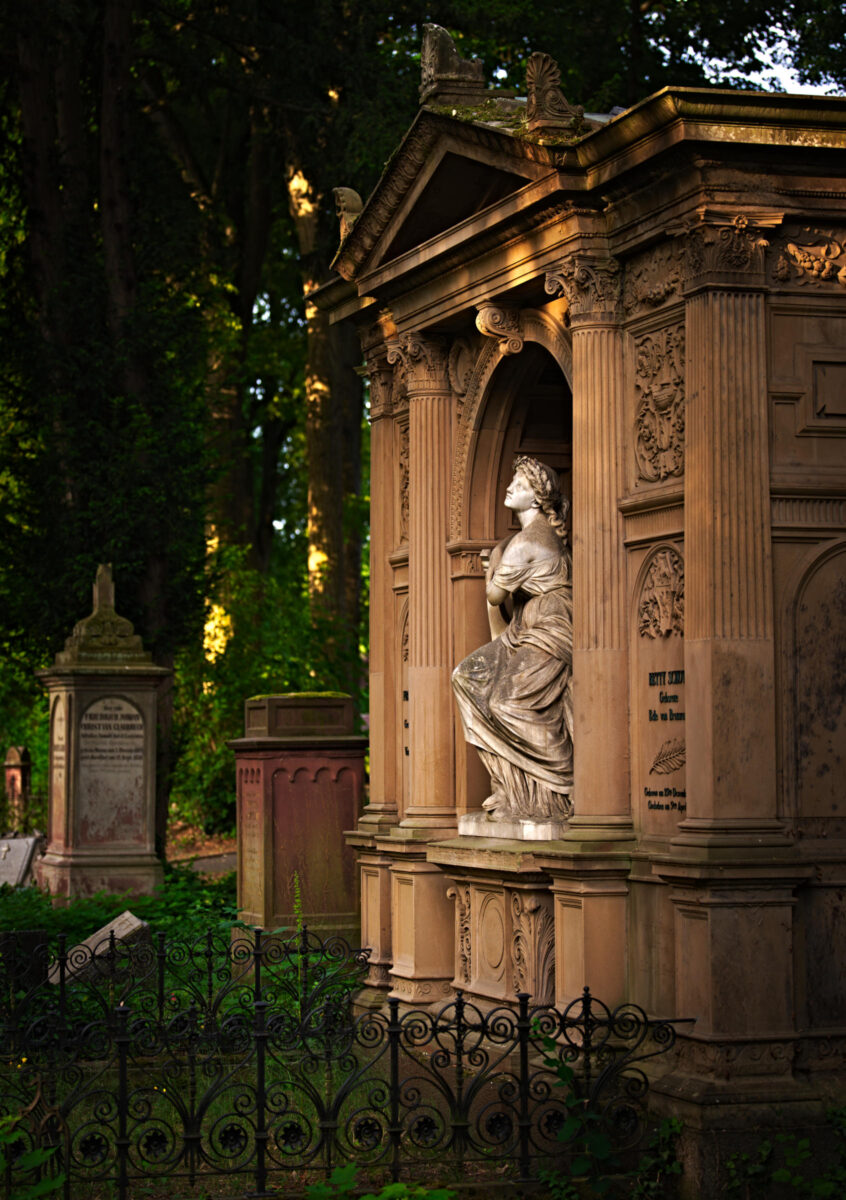
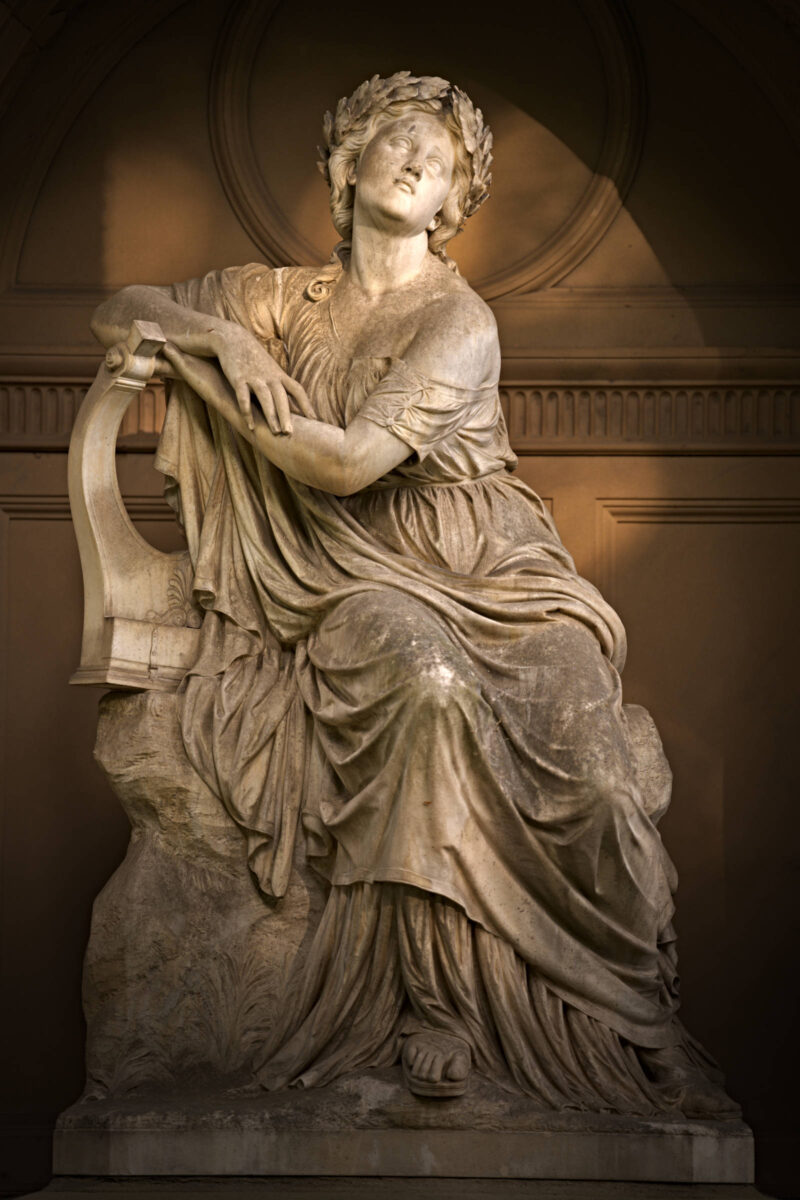
The old crematorium from 1903, built by the architect Josef Hassinger, is located directly at the entrance to Mainz’s main cemetery at Saarstrasse, close to the university. It was in operation until 2010.
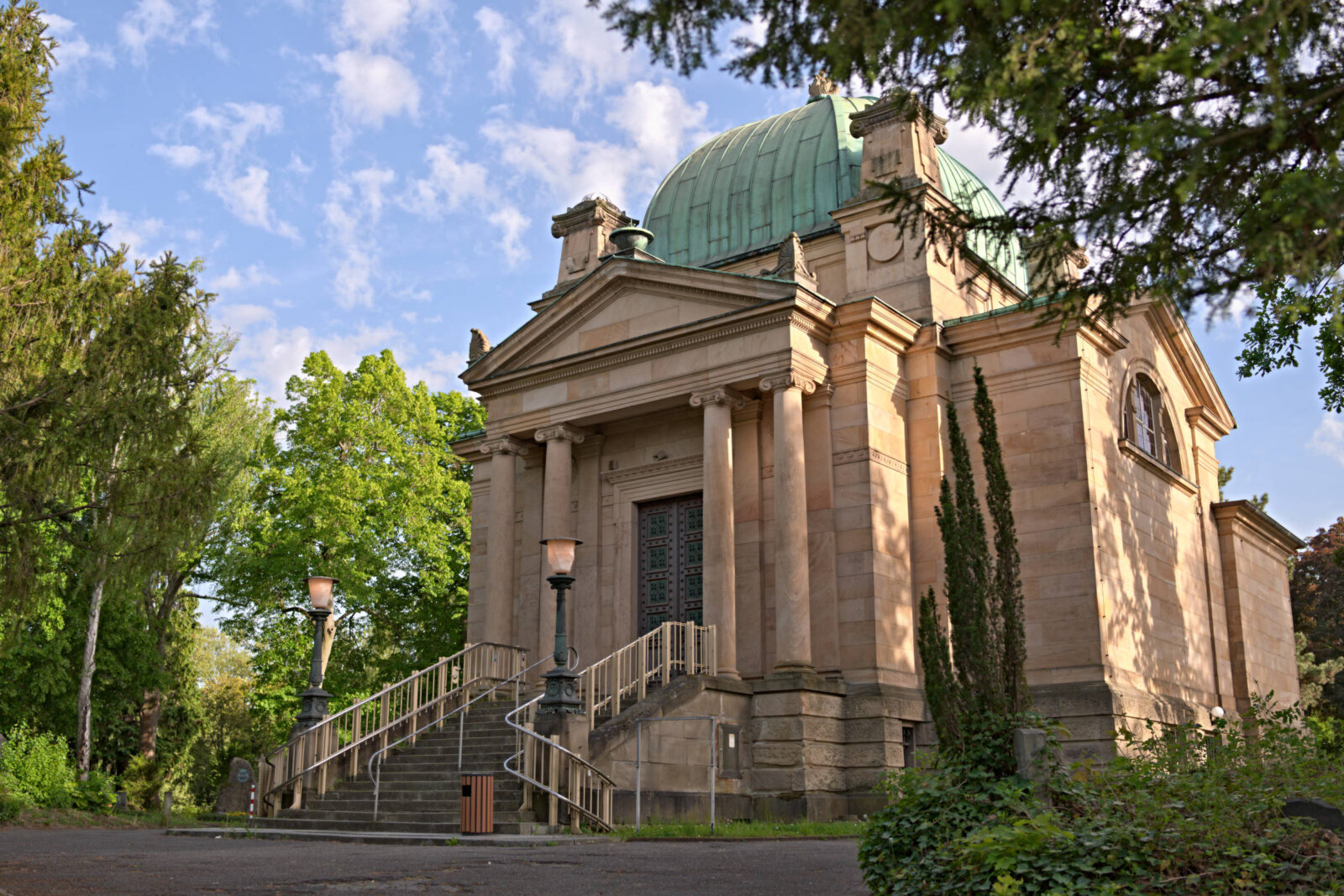
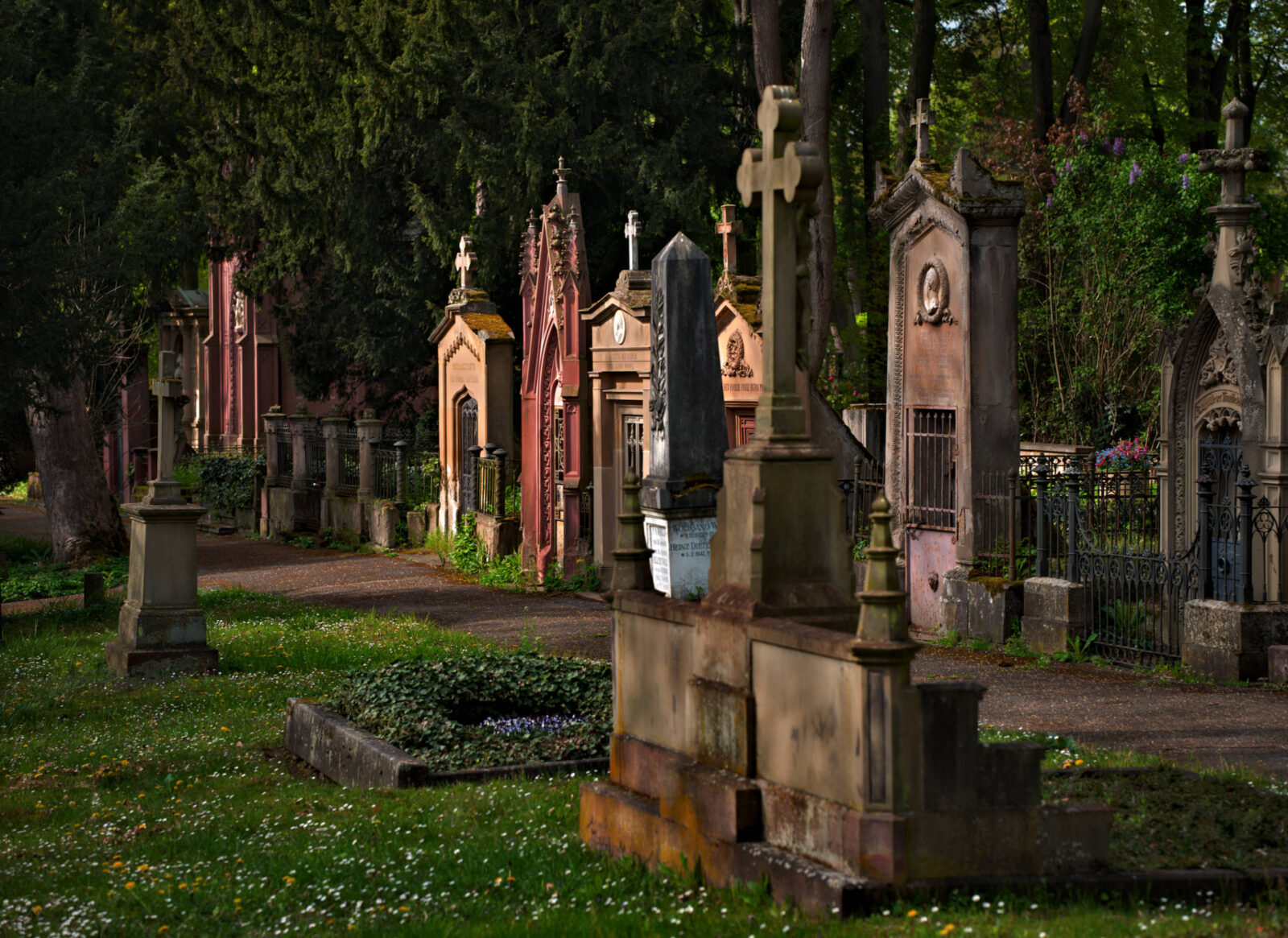
A row of so-called portal crypts (Portalgruften), which are typical of the Mainz main cemetery. Above ground, they consist of a barred portal that is supported at the back. A steep staircase leads through a usually barred door in the portal wall to the crypt below. This can be clearly seen in the second crypt from the right, where the lawyer Stephan Metz (*12.11.1789 in Mainz †18.11.1850 ibidem) is buried. Metz was mayor of the city twice, from 1834 to 1836 and from 1838 to 1841.
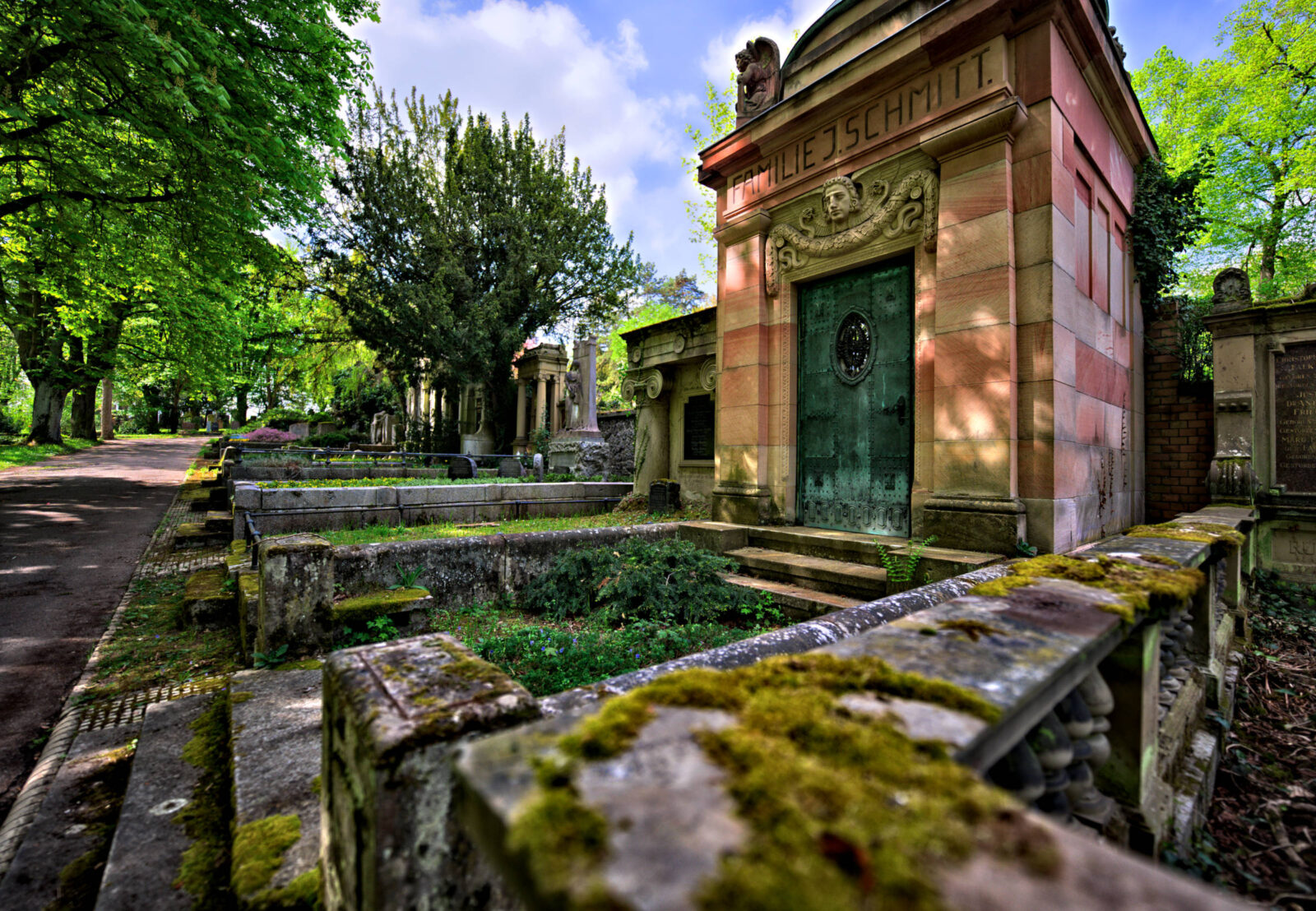
Crypt of the J. Schmitt family in the Mainz main cemetery.

Pietà in the tomb of the Heidelberger family. As nobody ever wants to be photographed by me, I’m my own model as usual. I used the flashes to compensate the strong contrasts.
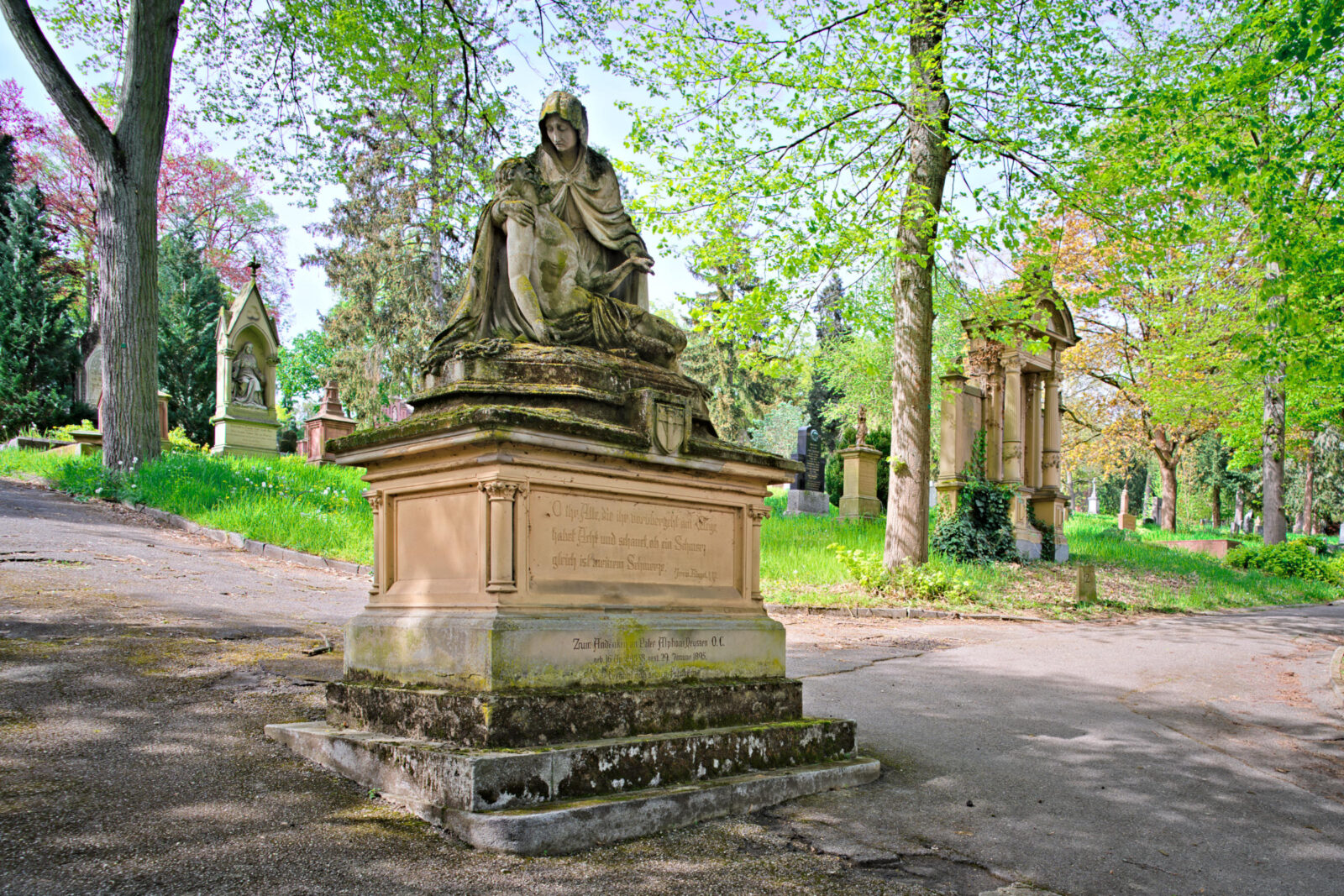
Pietà in spring on a crossroads in the main cemetery in Mainz. HDR with a shift lens to acquire the image without converging lines.
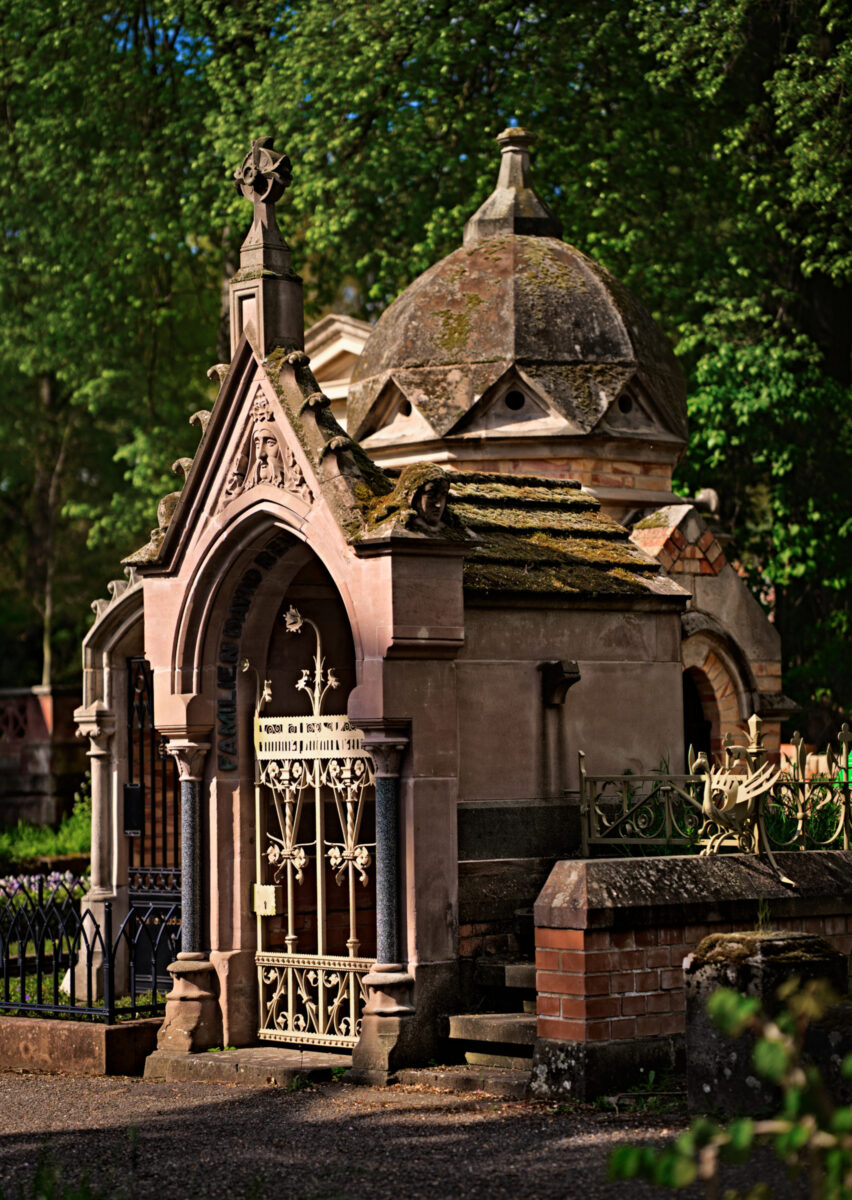
Reuter-Riffel crypt on the upper crypt path of Mainz main cemetery.
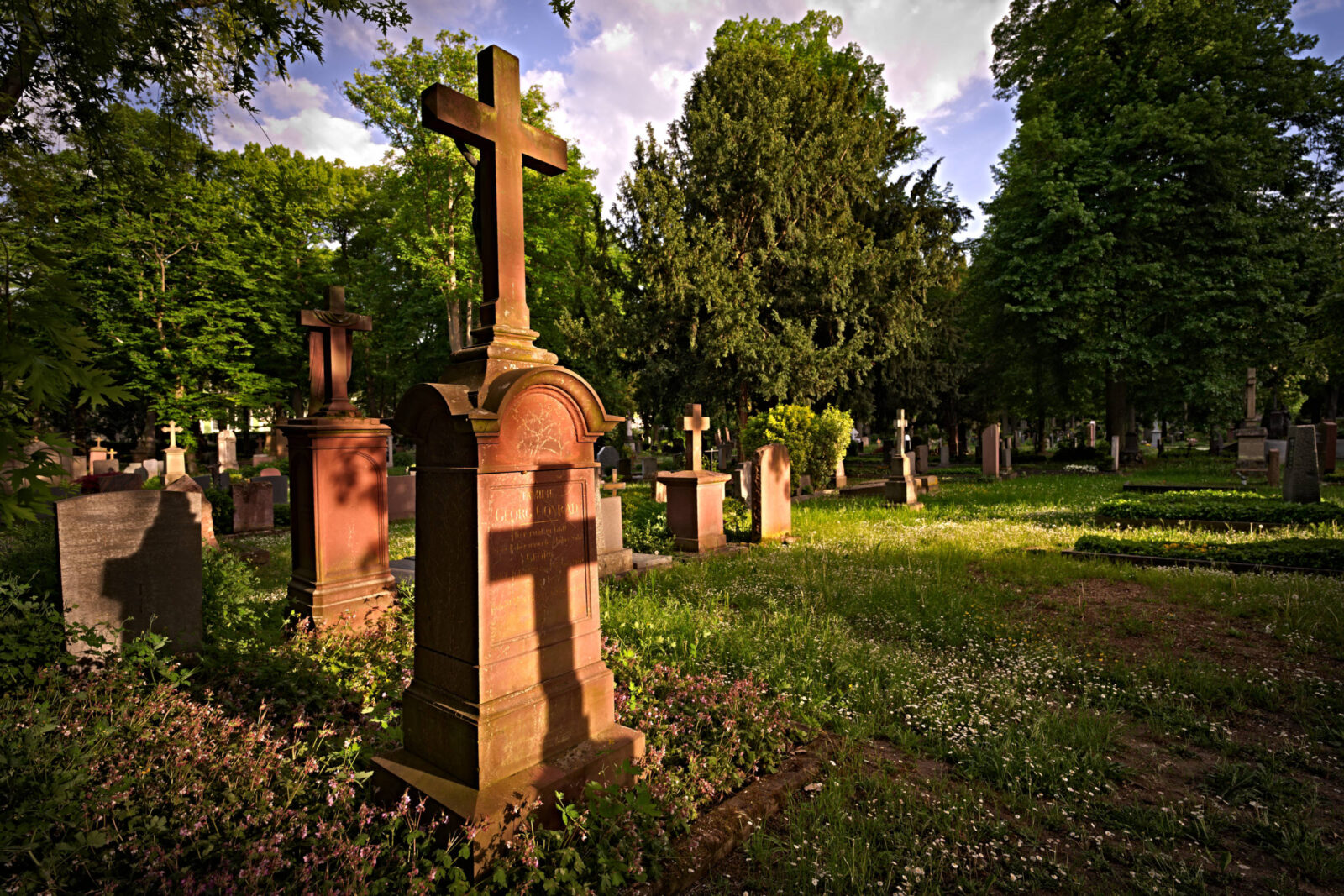
Tomb of the Georg Conrad family.
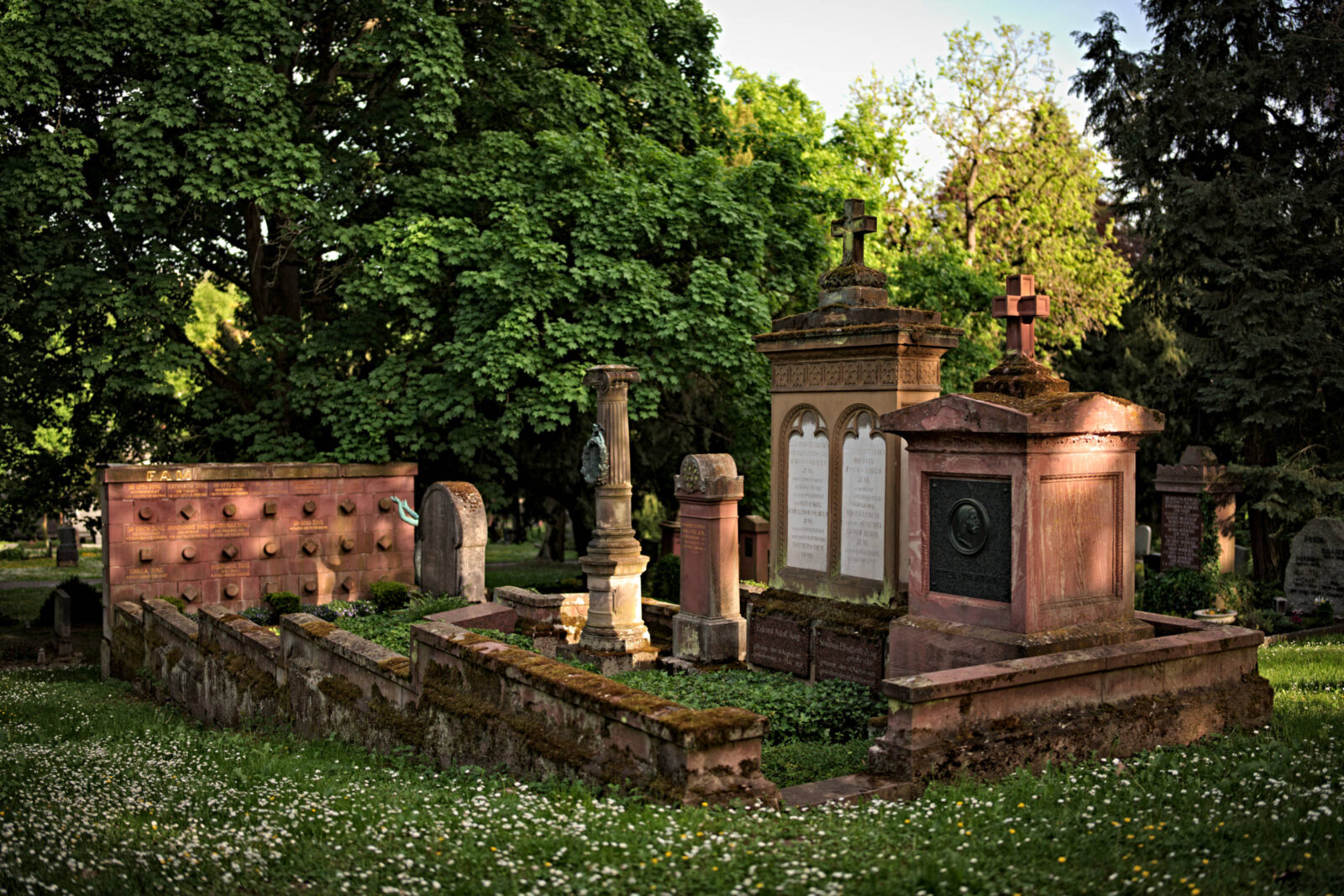
The crypt of the Jung family.

The new Jewish cemetery in Mainz adjoins the main cemetery at the southern end and has been occupied since 2.1.1881.
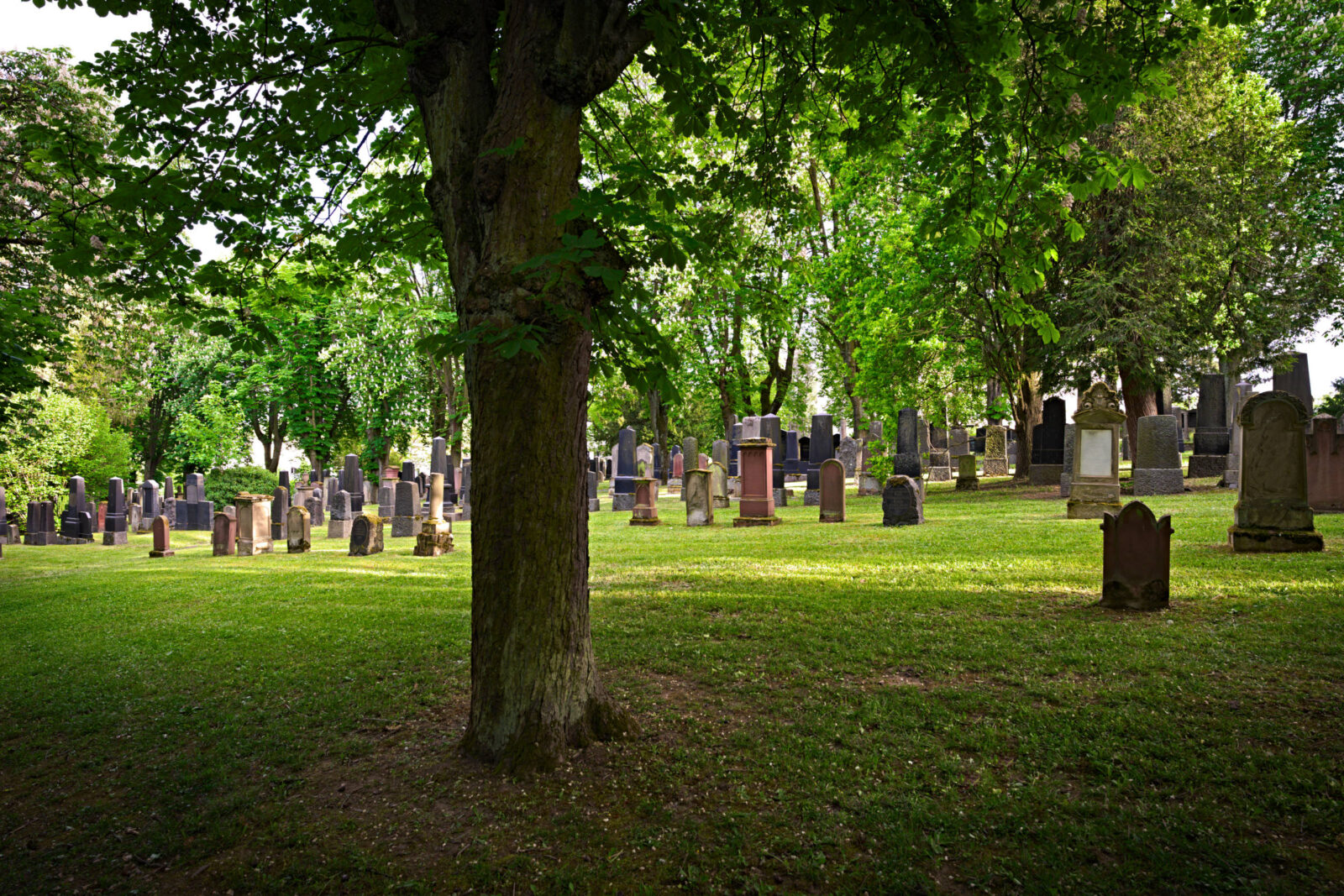
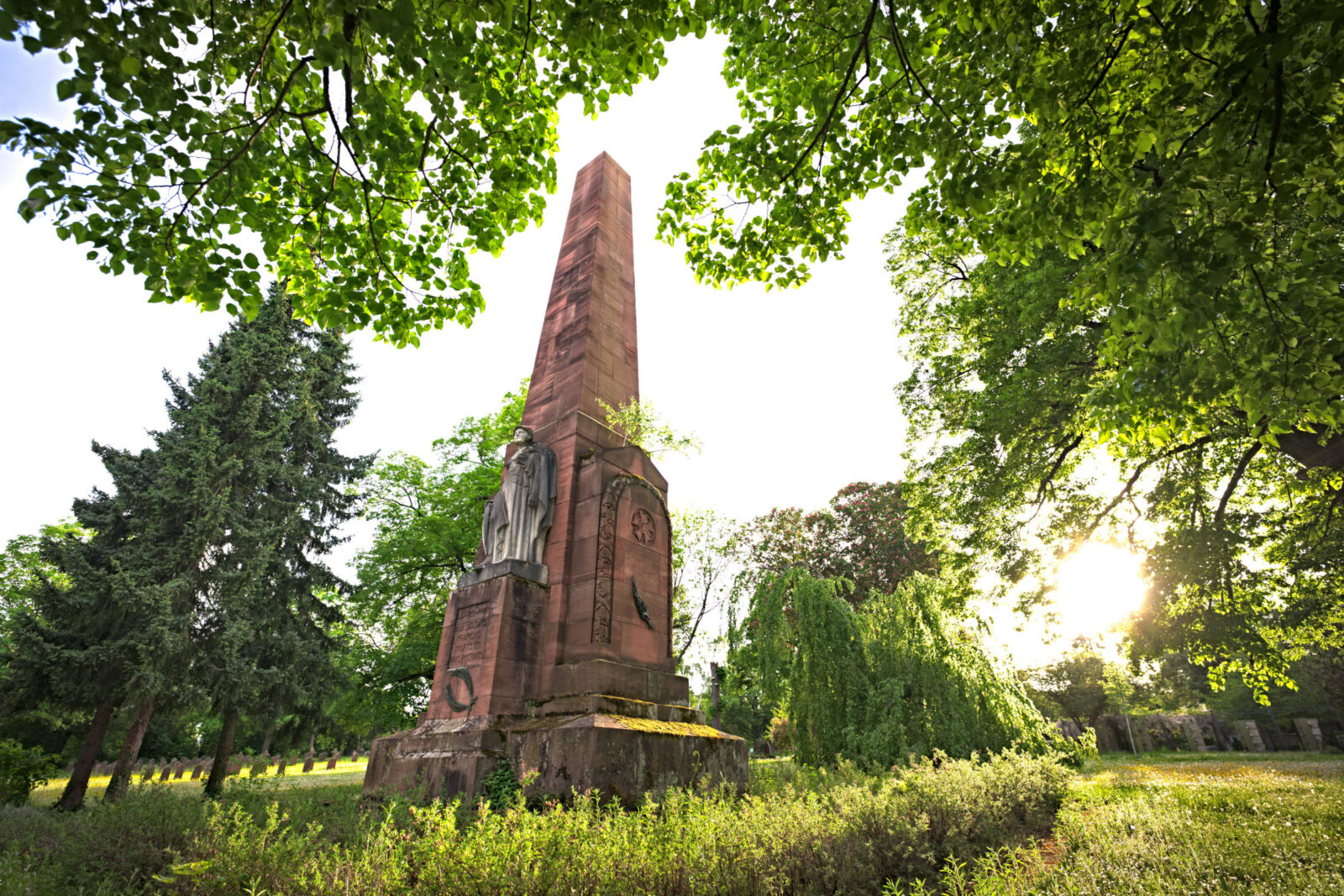
The French military cemetery in Mainz’s main cemetery was established in 1919 for the French soldiers who were stationed in the city until 1930 as part of the Allied occupation of the Rhineland and who died in Mainz. It is located at the south-western corner of the cemetery.
In the centre of the cemetery is a 14-metre-high sandstone obelisk, which was designed by the sculptor Louis Henri Nicot in 1925. In front of the obelisk is a sculpture of an angel wearing a French steel helmet. The inscription on the plinth reads: ‘L’ARMEE RHIN. AUX SOLDATS FRANCAIS MORTS EN PAYS RHENANS’ (The Rhine Army. To the French soldiers who died in the Rhineland).
The cemetery comprises around 600 plain gravestones, including the graves of around 400 colonial soldiers who were stationed in Mainz and buried there.
